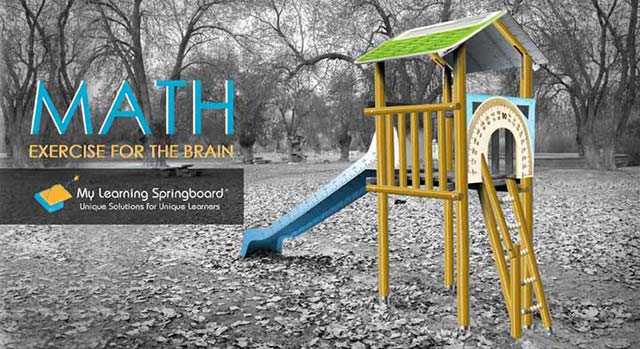 Why do so many students lack interest when it comes to learning math? One student told me that she might have a more intense passion for learning subjects like pre-algebra and geometry if she thought that she would actually need to use what she learned later in life. When asked, “When will I ever need to know this?” it is important to be armed with a motivating response backed by valid examples. Different approaches include referring to specific cases that are tailored to career goals or bringing up more general math scenarios. It is also helpful to make connections to a student’s personal hobbies and interests, and to allow them to explore those using math projects.
Why do so many students lack interest when it comes to learning math? One student told me that she might have a more intense passion for learning subjects like pre-algebra and geometry if she thought that she would actually need to use what she learned later in life. When asked, “When will I ever need to know this?” it is important to be armed with a motivating response backed by valid examples. Different approaches include referring to specific cases that are tailored to career goals or bringing up more general math scenarios. It is also helpful to make connections to a student’s personal hobbies and interests, and to allow them to explore those using math projects.
Whether a student dreams of becoming a lawyer, an actor, or a veterinarian, some form of math skills will be required. The simplest example is for managing finances. You need to be able to figure out how much is in your monthly budget and compare it to how much you are paid. How many extra hours should you work this week to cover the road trip you want to take? Another essential example is unit conversions. How many miles is it to drive to Georgia and back? How many gallons of gas would that take, and how much would that cost?
There have been some very costly errors due to making blunders in unit conversions. In 1999, NASA’s $125 million Mars Climate Orbiter spacecraft was sent 60 miles off course after a 286-day journey to Mars. The miscalculations occurred because English units (pounds-seconds) were used on the ground, while the navigation team calculated the thruster force in metric Newtons-seconds. The space craft disintegrated upon entering Mars’s atmosphere due improper conditions. Other examples of costly unit conversion errors include a derailed roller coaster in Disneyland Tokyo and a flight in Canada that ran out of fuel.
For any new topic that you introduce, it helps to make some kind of linkage to a real world application. Sometimes a Google search can aid in your brainstorming process. For example, looking up the phrase “real world application of rational functions,” brings up relevant videos and links that illustrate instances of rational functions in the fields of thermodynamics and electrical engineering. Be sure to avoid websites that lack reputable sources.
It is also important to ask questions about a student’s interests and find ways that relate them to math. If a student is interested in sports, you can relate football to player statistics and leaderboards. This is where it would be helpful to bring in some project-based learning. Instead of just going through tedious example problems with a student, you can focus on his/her topic of interest and provide some research data to be manipulated. I study Geographic Information Science and am mapping socioeconomic vulnerabilities to sea level rise. I have lots of data on elevation, census statistics, and land use. If a student was interested in travel, I would have him/her choose a city to assess. I would provide demographic data and have the student create population graphs and proportions.
When students see how creative they can be using math, they will get much more excited about it!
By Keren Bolter, Private Tutor